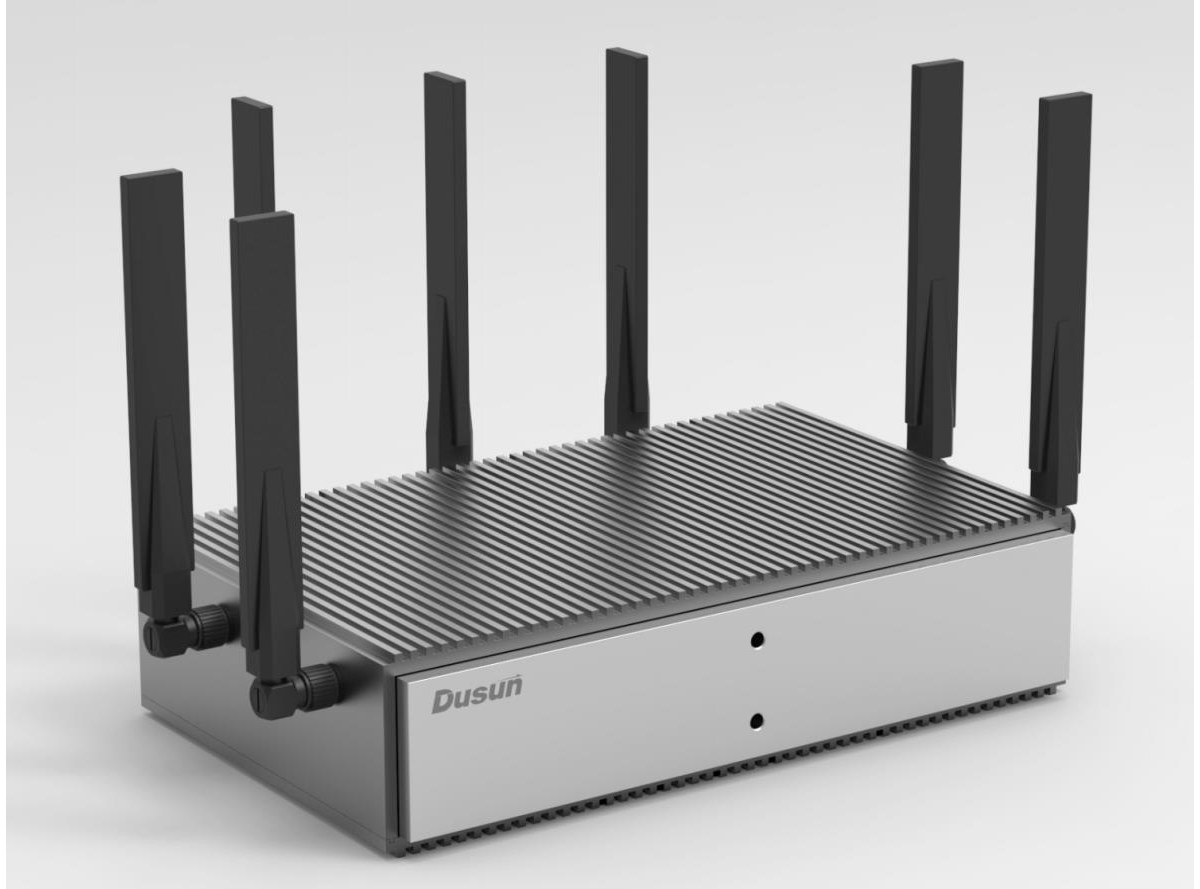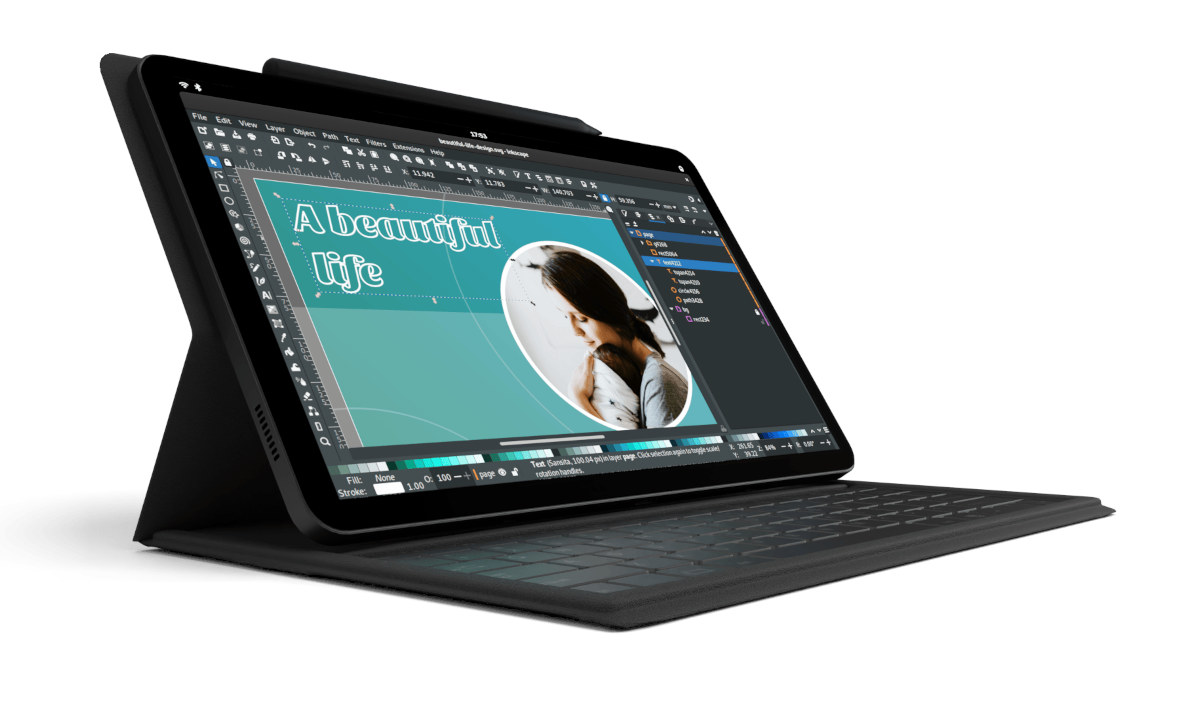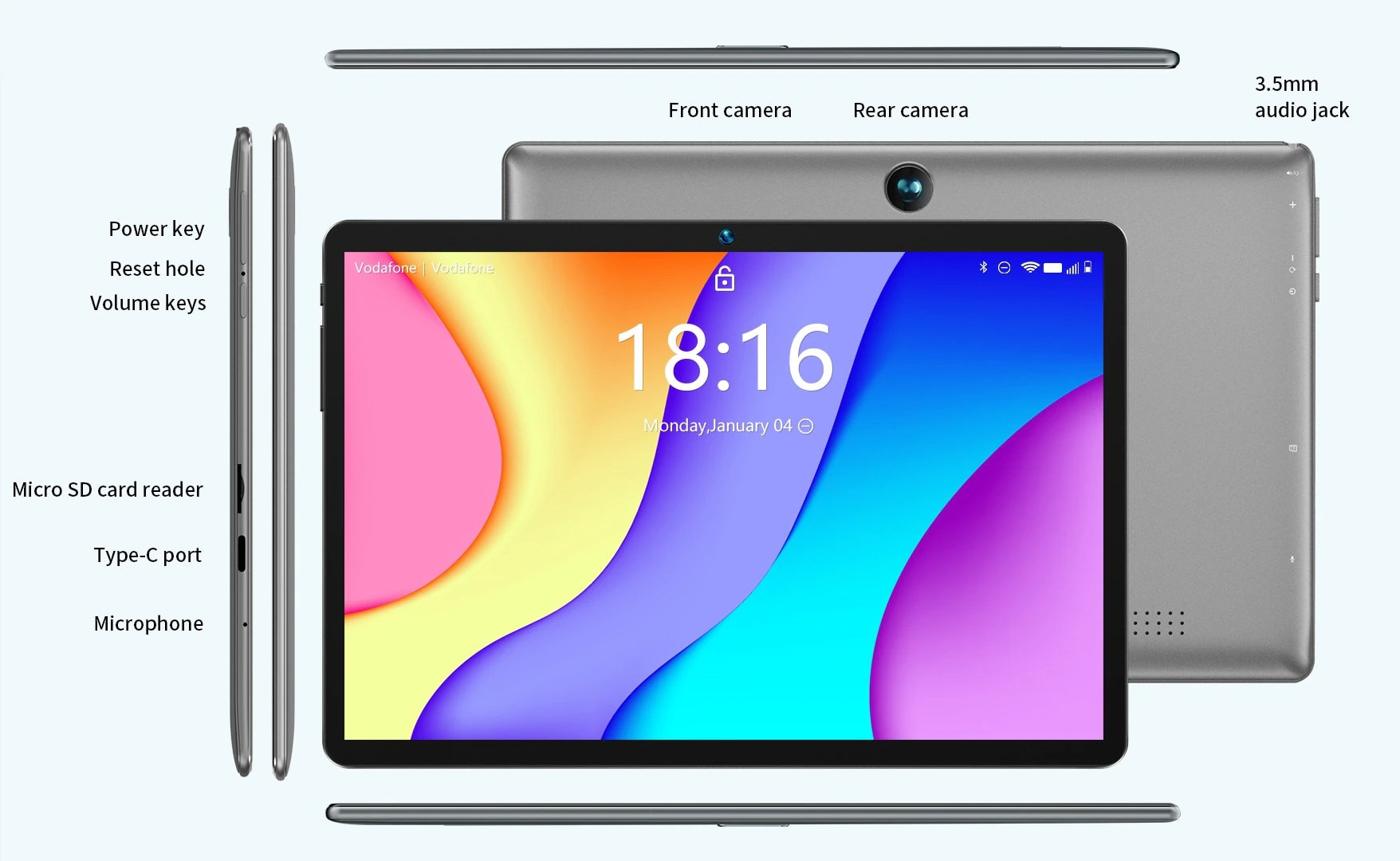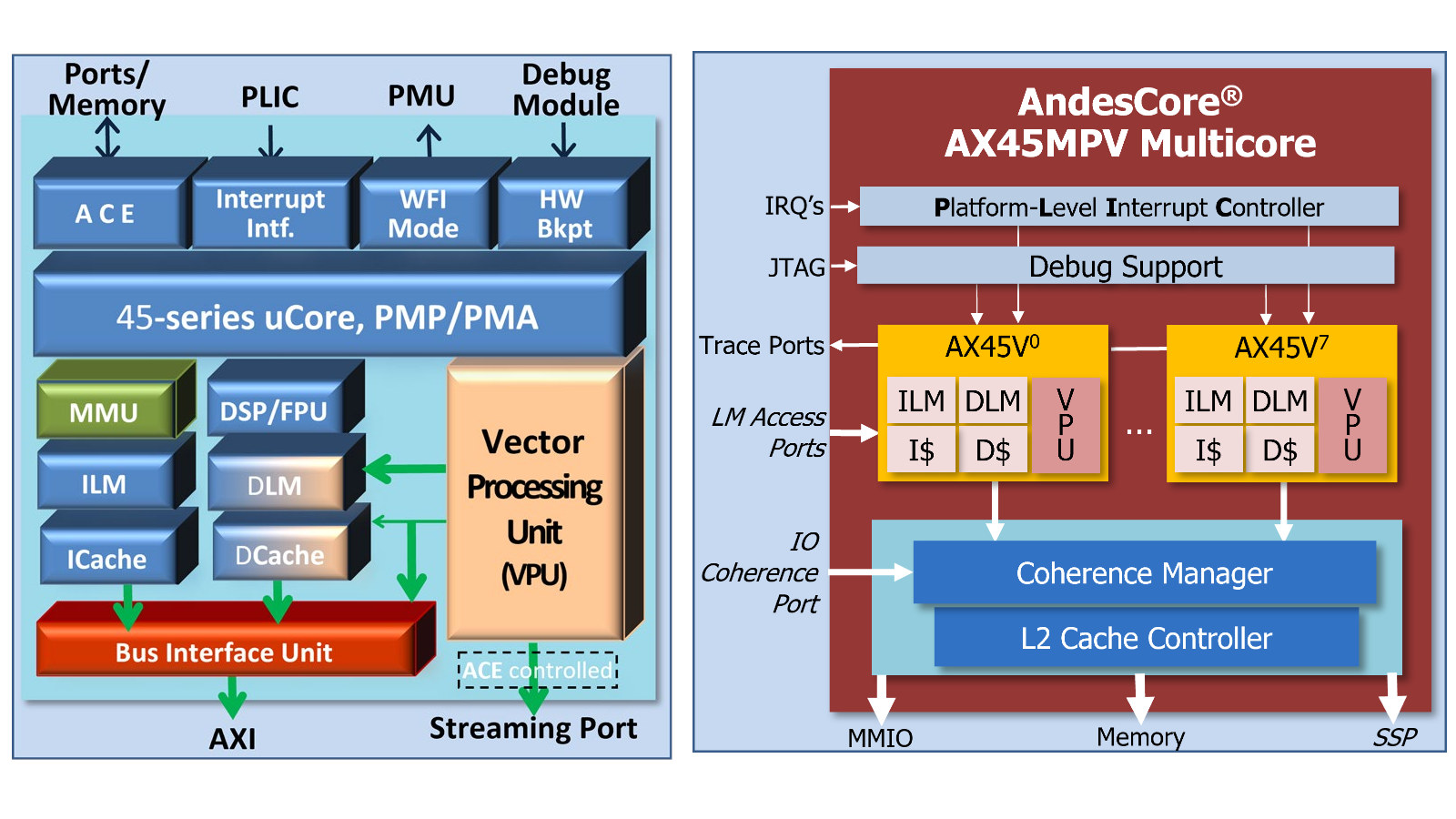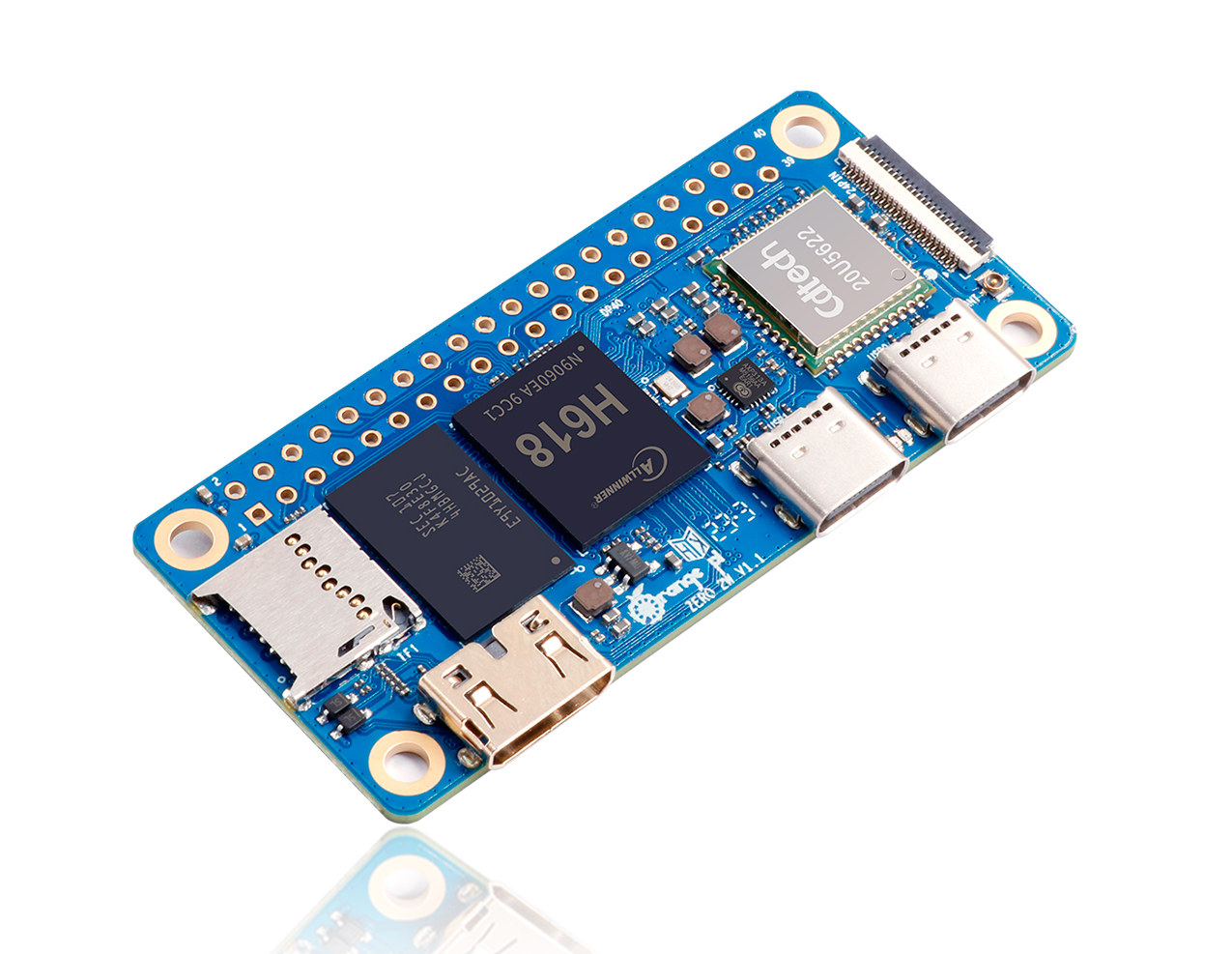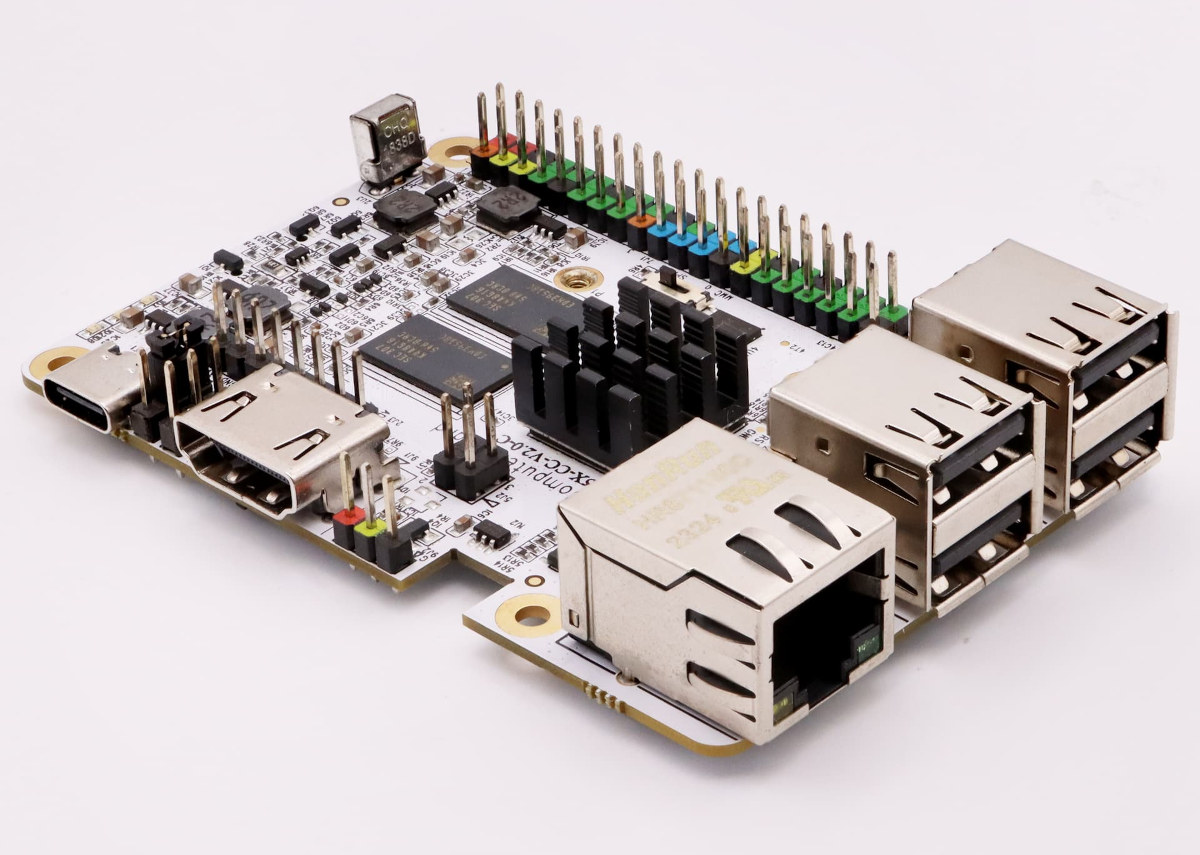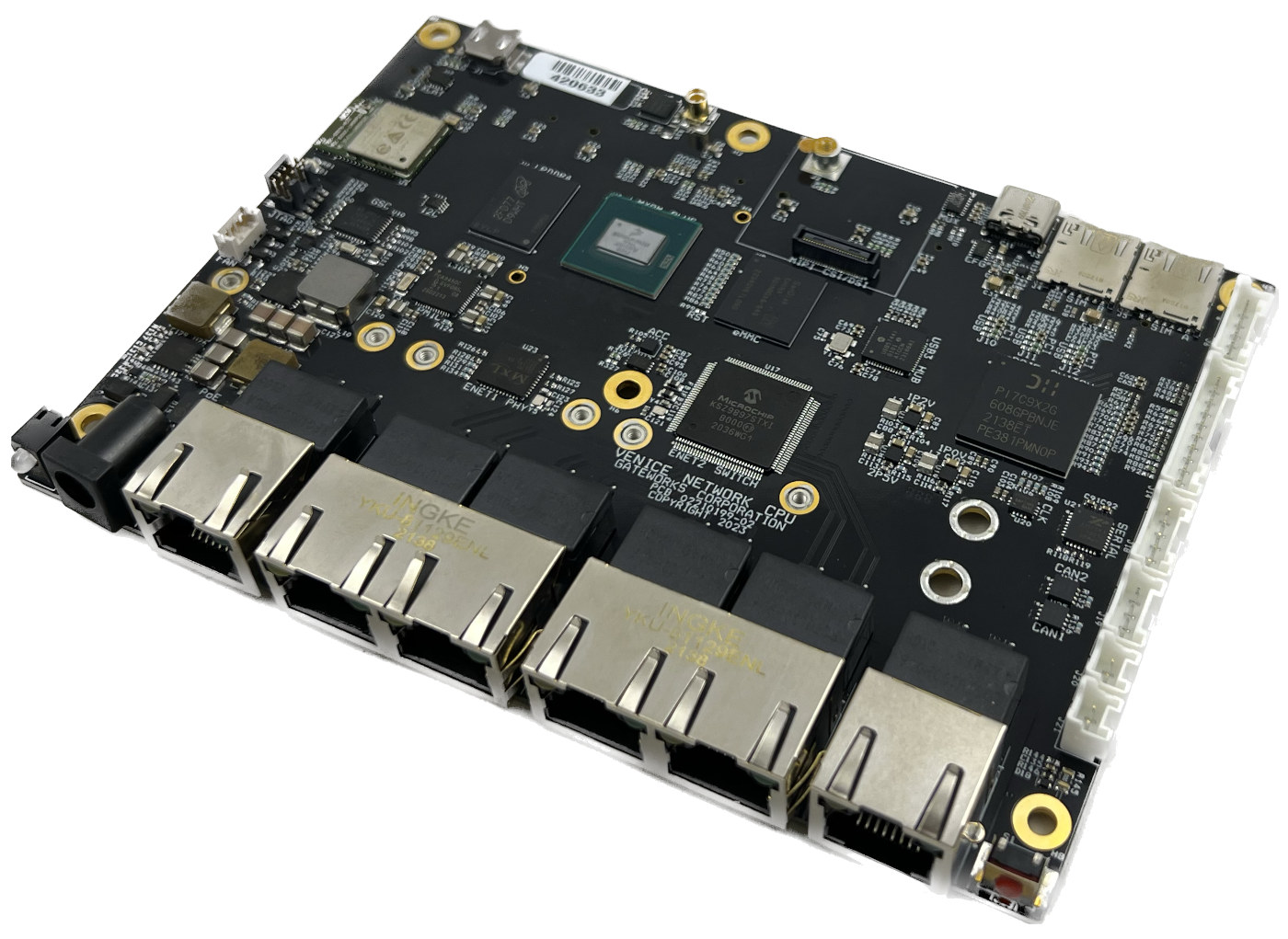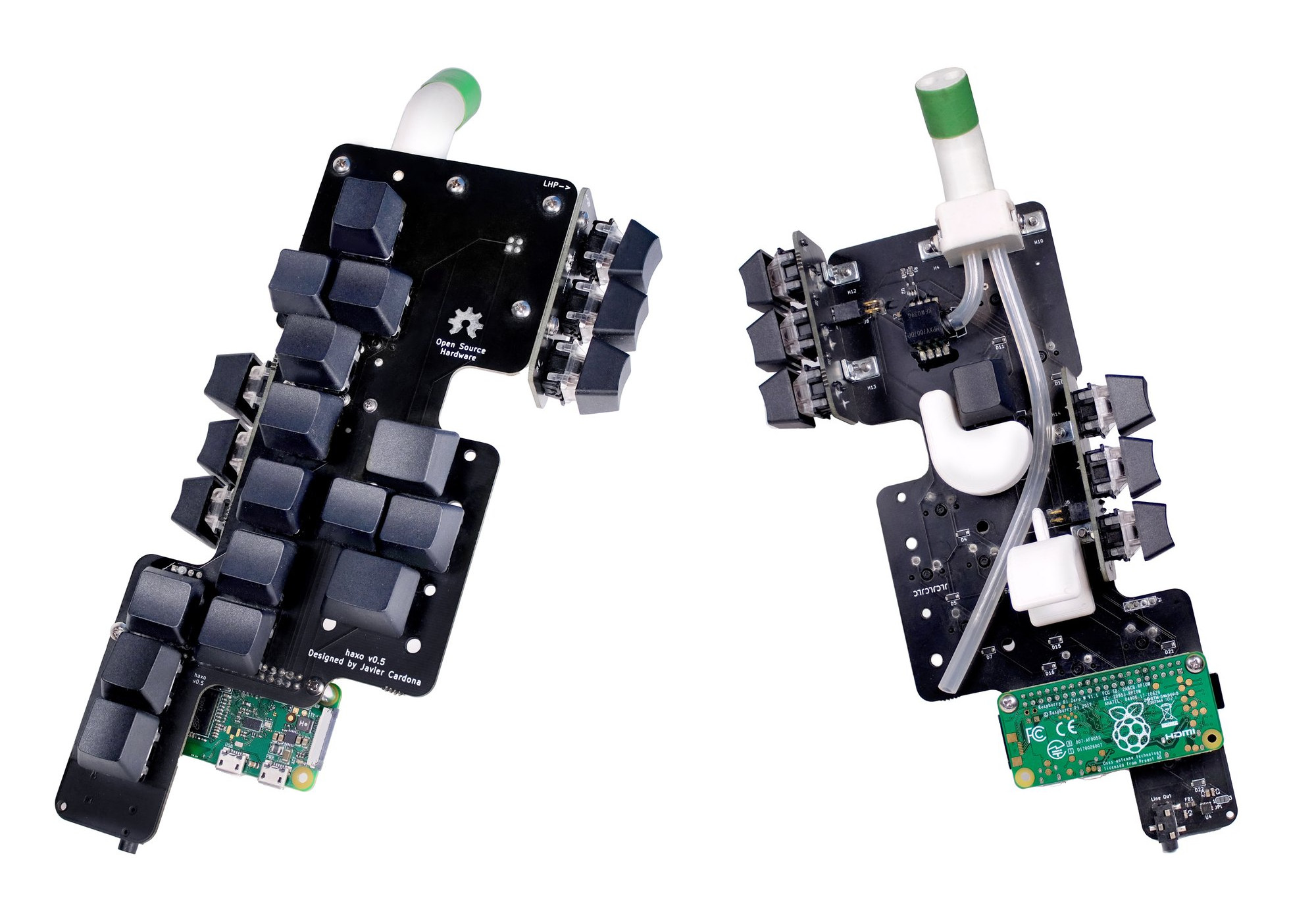Dusun DSGW-380, also called Dusun Pi 5, is an industrial AIoT gateway powered by the Rockchip RK3588 octa-core processor with a 6 TOPS AI accelerator and supporting a wide range of connectivity options. The gateway comes with 8GB LPDDR4 memory, and up to 128GB eMMC flash, and operates in a wide -25 to +75°C temperature range. It supports dual gigabit Ethernet, RS232, and R485 wired connectivity and various wireless protocols including WiFi 6, Bluetooth LE, 5G, and LoRaWAN. Dusun DSGW-380 specifications: SoC – Rockchip RK3588 octa-core processor with CPU – 4x Cortex‑A76 cores @ up to 2.4 GHz, 4x Cortex‑A55 core @ 1.8 GHz GPU – Arm Mali-G610 MP4 “Odin” GPU @ 1.0 GHz Video decoder – 8Kp60 H.265, VP9, AVS2, 8Kp30 H.264 AVC/MVC, 4Kp60 AV1, 1080p60 MPEG-2/-1, VC-1, VP8 Video encoder – 8Kp30 H.265/H.264 video encoder AI accelerator – 6 TOPS NPU System Memory – 8GB RAM Storage – […]
$999 Librem 11 Linux tablet features Celeron N5100 processor, 1TB NVMe SSD, 2.5K AMOLED display
Purism Librem 11 is an 11.5-inch Linux tablet running the secure PureBoot bootloader and PureOS Linux distribution with a focus on privacy and respect for personal freedom. The tablet comes with what looks to be a decent 11.5-inch AMOLED touchscreen display with a 2560×1600 resolution, 8GB RAM, and a 1TB NVMe SSD, but the Intel Celeron N5100 quad-core Jasper Lake processor would be considered entry-level in 2023. The tablet also comes with a keyboard and stylus making a 2-in1 hybrid device. Purism Librem 11 specifications: SoC – Intel Celeron N5100 quad-core Jasper Lake processor @ 1.1GHz/2.89GHz (Turbo) with Intel UHD Graphics System Memory – 8 GB LPDDR4 (soldered) Storage 1 TB NVMe SSD (Kingston KC3000) microSD card reader implemented with Genesys Logic GL823K Display – 11.5-inch AMOLED display with 2560×1600 resolution, 60Hz refresh rate, Goodix GXTP7380 multitouch digitizer, stylus support Stylus – 2x buttons, 4096 pressure levels, tilt support (XY), […]
Rockchip RK3562-powered Android 13 tablets are starting to show up
Back in March, Rockchip showcased some tablets powered by the new 2.0 GHz Rockchip RK3562 quad-core Cortex-A53 processor, and now commercial Android 13 tablets based on the SoC are starting to show up with models such as BMAX MaxPad I9 PLUS and UMIDIGI G1. Both tablets have pretty much the same specifications with a 10.1-inch IPS display with 1280×800 resolution, 8GB RAM, 64GB eMMC flash, front-facing and rear cameras, and a few ports such as USB-C and an audio jack. For reference, I’ll just go through BMAX MaxPad i9 PLUS tablet specifications: SoC – Rockchip RK3562 CPU – Quad-core Arm Cortex-A53 processor @ up to 2.0 GHz GPU – Arm Mali-G52 EE with support for OpenGL ES 3.2, Vulkan 1.1, OpenCL 2.0 AI accelerator – 1 TOPS NPU VPU – 4Kp30 video decoding, 1080p60 video encoding Memory – 8GB RAM (4GB RAM + 4GB Expansion) – CNXSoft: I’m not sure […]
Andes launches AX45MPV RISC-V CPU core with Vector Extension 1.0
Andes Technology has recently announced the general availability of the AndesCore AX45MPV RISC-V CPU which builds upon the AX45MP multicore processor and adds RISC-V Vector Extension 1.0. Equipped with RISC-V vector processing and parallel execution capability, the new RISC-V CPU core targets SoCs processing large amounts of data for applications such as ADAS, AI inference and training, AR/VR, multimedia, robotics, and signal processing. AX45MPV key features and specifications: 64-bit in-order dual-issue 8-stage CPU core with up to 1024-bit Vector Processing Unit (VPU) – compliant with RISC-V V-extension (RVV) 1.0 + custom extensions Supports clusters of up to 8 cores L2 cache and coherence support High bandwidth vector local memory (HVM) AndeStar V5 Instruction Set Architecture (ISA) Compliant with RISC-V GCBPV extensions Andes performance extension Andes CoDense extension for further compaction of code size Separately licensable Andes Custom Extension (ACE) for customized scalar and vector instruction 64-bit architecture for memory space […]
Orange Pi Zero 2W – A Raspberry Pi Zero 2W alternative with up to 4GB RAM
As its name implies the Orange Pi Zero 2W is an alternative to the Raspberry Pi Zero 2W with basically the same features and form factor, but equipped with a slightly more powerful Allwinner H618 quad-core Cortex-A53 clocked at 1.5 GHz, and more RAM options from 1GB to 4GB. The new Orange Pi board comes with a mini HDMI port, two USB-C ports, WiFi 5 and Bluetooth 5.0 wireless module, a microSD card for the OS, a 16MB SPI flash for the bootloader, the usual 40-pin Raspberry Pi GPIO header, and a 24-pin “function” connector used for expansion boards and located where the camera connector is on the Pi Zero 2W. Orange Pi Zero 2W specifications: SoC – Allwinner H618 quad-core Arm Cortex-A53 processor @ up to 1.5GHz with 1MB L2 cache and Arm Mali-G31 MP2 GPU with support for OpenGL ES 1.0/2.0/3.2, OpenCL 2.0, Vulkan 1.1 System Memory – […]
Libre Computer AML-S905X-CC-V2 SBC directly installs Linux images from the Internet
Libre Computer AML-S905X-CC-V2 “Sweet Potato” is a “new” Amlogic S905X SBC following the Raspberry Pi 3B form factor and that will eventually directly boot Linux images downloaded from the Internet using the Libre Computer OS Tool (LOST). I wrote “new” in quotes because the single board computer is an update to the Potato board (AML-S905X-CC) introduced in 2017 with just a few hardware changes. But that’s because Libre Computer focuses on the software side and all/most of their boards can now run mainline Linux and have support for features such as LOST whose support is set to be implemented by November. Libre Computer AML-S905X-CC-V2 SBC specifications with changes in bold or strikethrough: SoC – Amlogic S905X quad-core Arm Cortex-A53 processor @ 1.5 GHz with penta-core Arm Mali-450MP GPU, and Amlogic Video Engine 10 VPU System Memory – 2GB DDR4 (OEM can request 1GB) Storage 1x microSD card slot with UHS […]
Gateworks GW7400 networking SBC features 6 Gigabit Ethernet ports, M.2 & mini PCIe sockets for wireless connectivity
Gateworks Venice GW7400 is a rugged industrial single board computer for networking and gateway applications with six Gigabit Ethernet ports, and one M.2 and three mini PCIe sockets for WiFi, cellular, and other wireless options. We first mentioned the GW7400 board around three years ago, when the company introduced the Venice family powered by NXP i.MX 8M processor. But the board launched today has a different design with more Ethernet, an NXP i.MX8M Plus AI processor, up to 4GB RAM, up to 64GB eMMC flash, and various interfaces such as USB 3.0, dual CAN Bus, DIO, I2C, SPI, and UART. Gateworks GW7400 specifications: SoC – NXP i.MX 8M Plus CPU – Quad-core Cortex-A53 @ up to 1.6 GHz (industrial-grade) Real-time core – Arm Cortex-M7 @ up to 800 MHz GPU – Vivante GC7000UL 3D GPU, Vivante GC520L 2D GPU VPU – Up to 1080p60 video encoding and decoding AI accelerator […]
Haxophone – A Raspberry Pi-based electronic saxophone with mechanical keys (Crowdfunding)
The Haxophone is an unusual Raspberry Pi expansion board that transforms the popular SBC into a travel saxophone using mechanical keys. The hackable musical instrument is open-source hardware and OSHWA certified and comes with mechanical keys which makes it easily repairable, customizable by changing keycaps or the firmware, and at a price point cheaper than commercial digital saxophones with custom molded keys. Haxophone key features and specifications: Custom Raspberry Pi HAT PCB Tactile-feedback 5-pin mechanical switches Mechanical keycaps Airflow pressure sensor Built-in audio amplifier compatible with Raspberry Pi Zero and Zero W Serial console for hacking Weight – 180 grams OSHW certifications – PT000005 You’ll find KiCAD hardware design files, assembly instructions, documentation, and the software and firmware used with the Haxophone on GitHub. There are two main software components, first haxo-rs Rust-based driver for detecting key presses and breath in order to convert them into notes, and fluidsynth synthesizer […]


